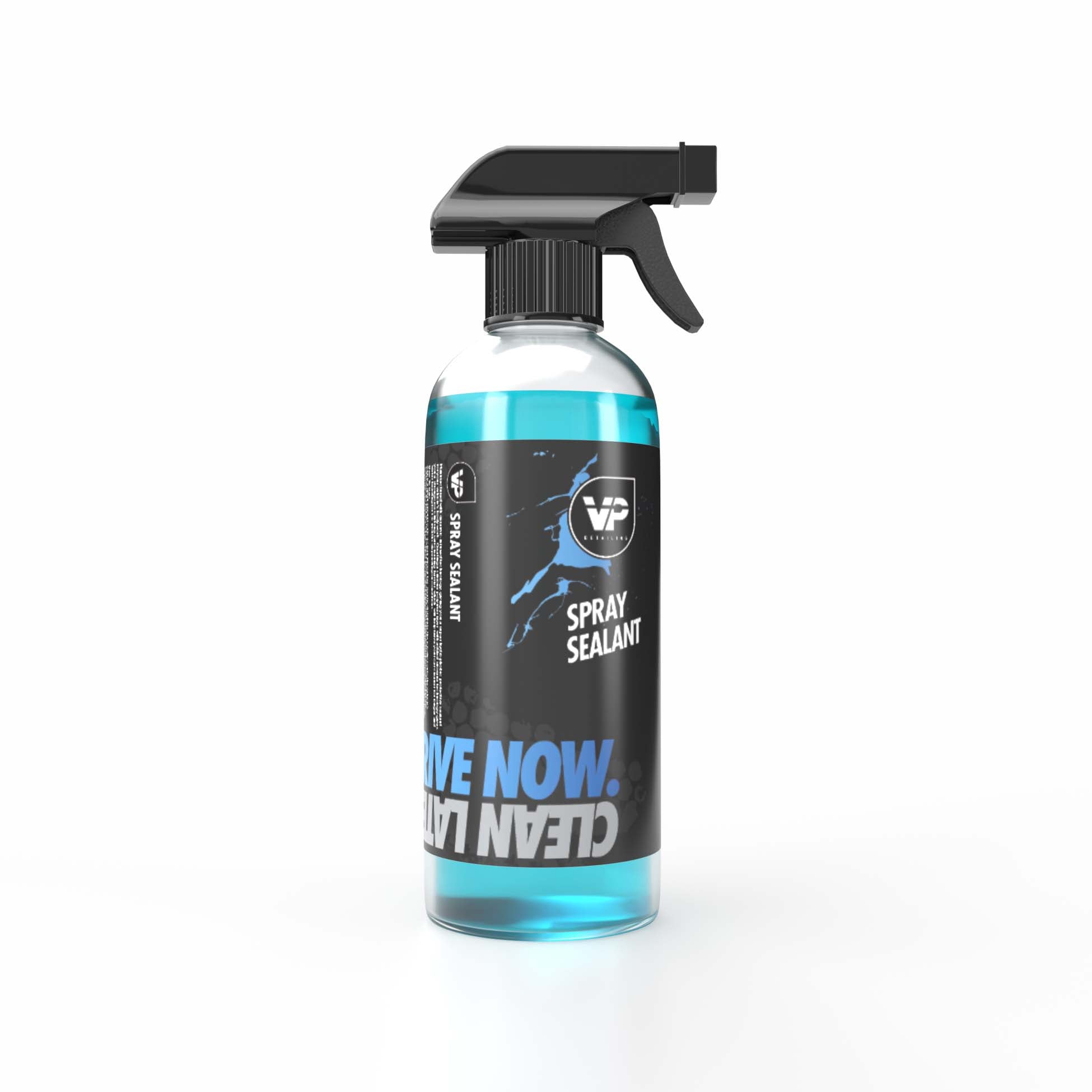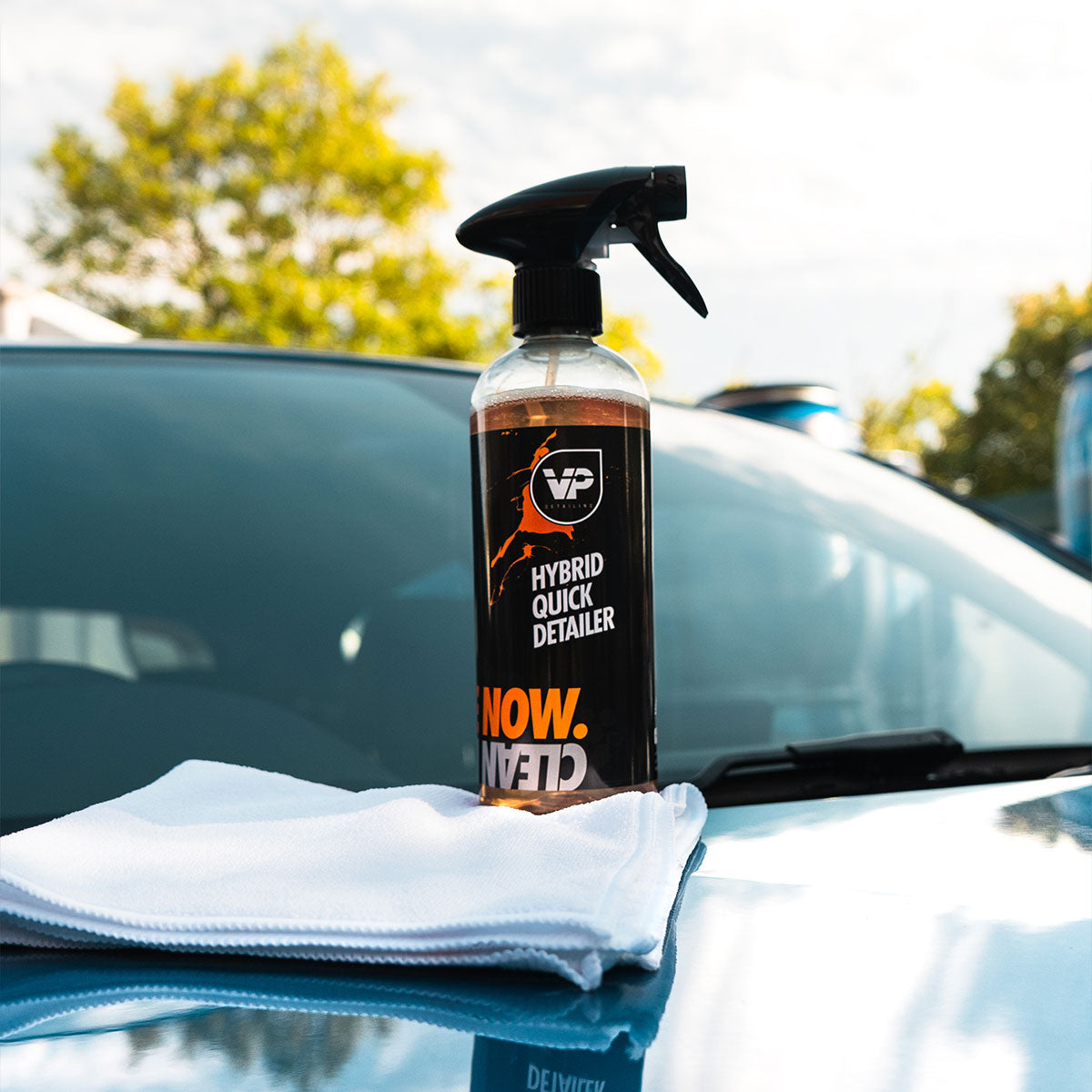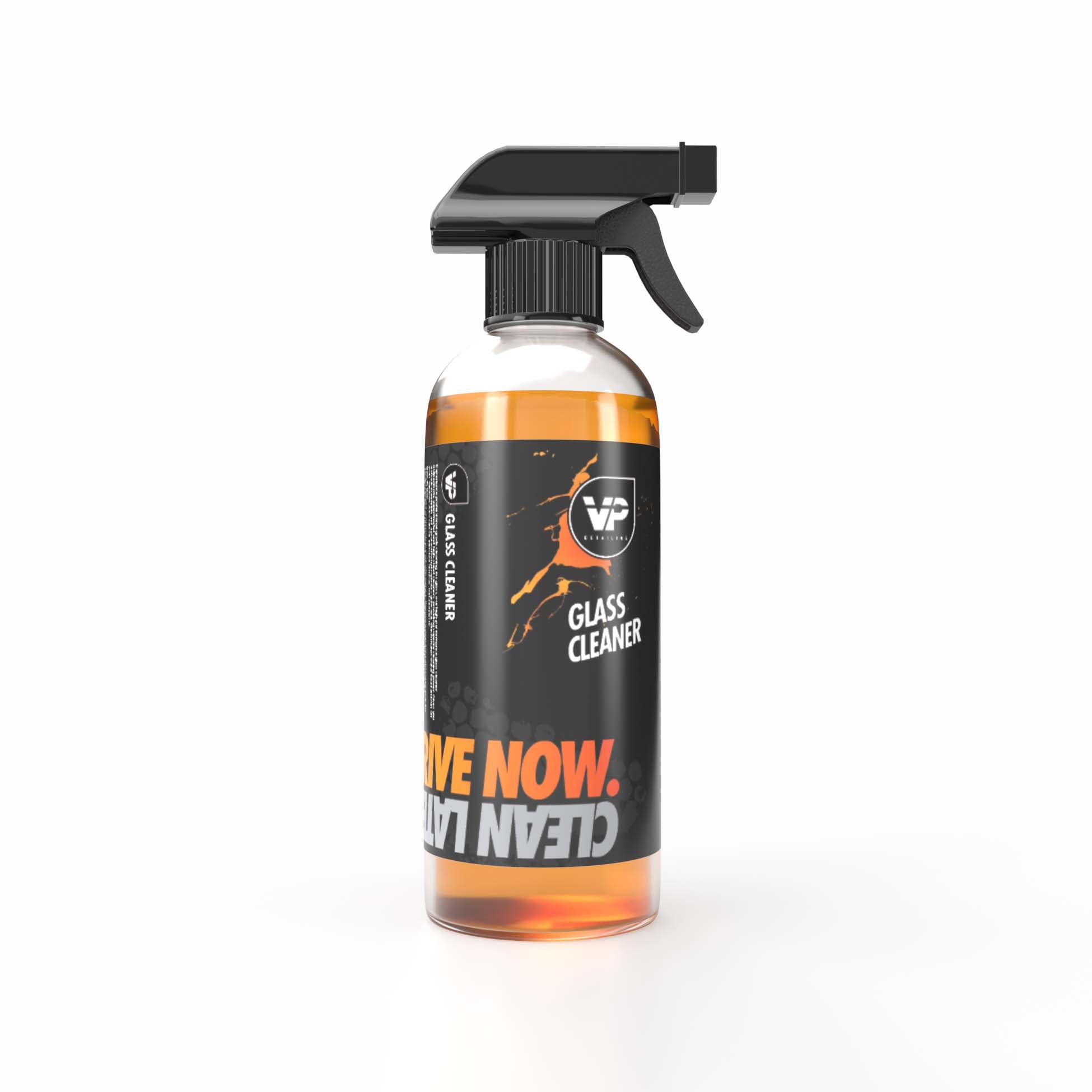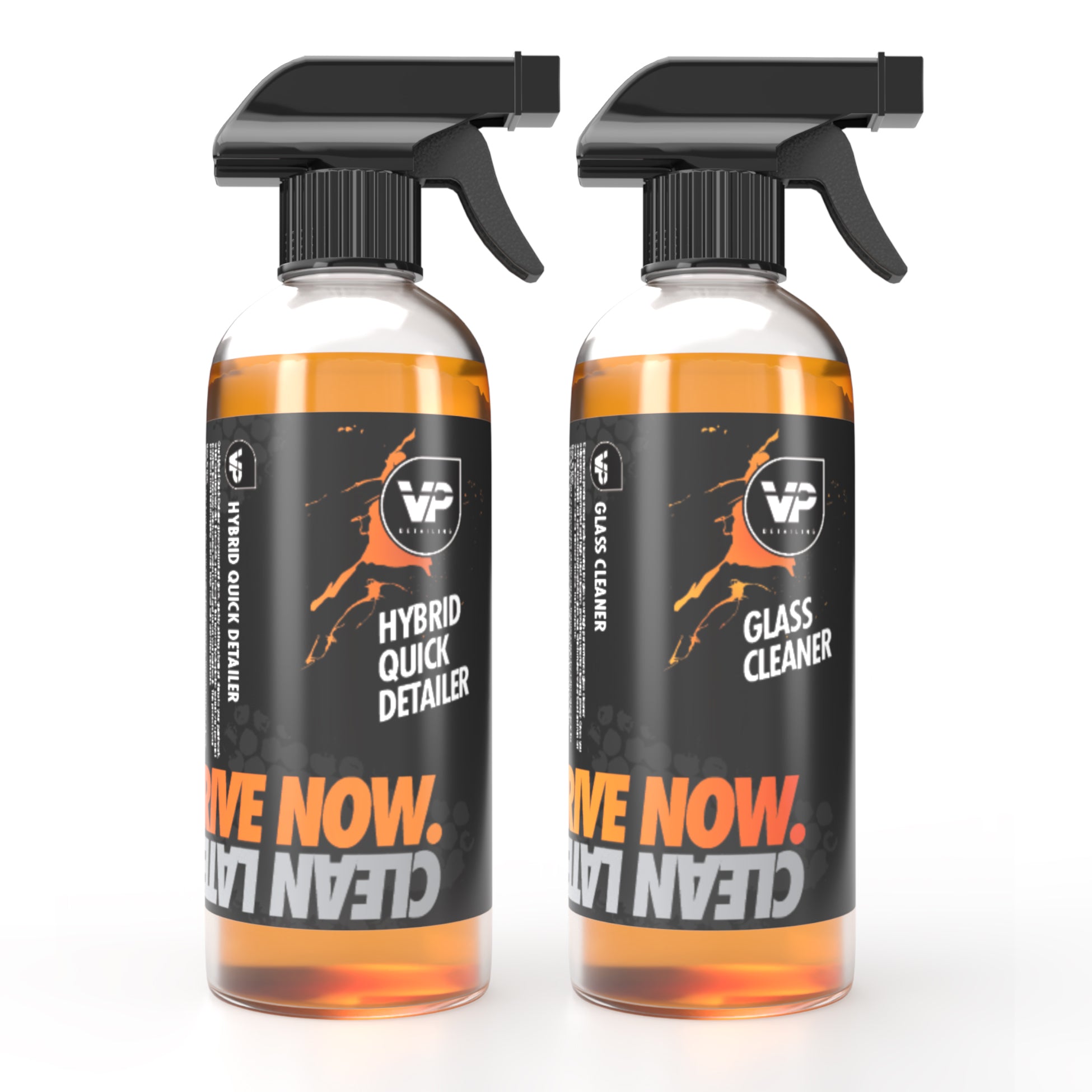Caring for your car goes beyond regular servicing and cleaning. It involves protecting its exterior from the harsh elements.
Ceramic coatings have emerged as a popular solution for car enthusiasts. They offer a level of protection that traditional waxes and sealants can't match.
But what exactly are ceramic coatings?
They are liquid polymers that bond with your car's paint, providing a layer of protection. This layer is not only durable but also enhances the car's appearance.
Understanding these coatings can be a bit complex, especially with the science of nano technology involved.
This guide aims to simplify that. It will provide a comprehensive look at them, their benefits, and how to apply them. Whether you're a DIY enthusiast or seeking professional-grade results, this guide has got you covered.
Understanding Ceramic Coatings
Ceramic coatings, also known as nano coatings, are a revolutionary product in car care.
They are made from a liquid polymer that chemically bonds with the car's paint.
This bond creates a layer of protection on the car's surface. It's not just any layer, but one that is resistant to water, dirt, and UV rays.
Here are some key features of ceramic coatings:
- Durability: These are more durable than traditional waxes and sealants. They can last for years with proper care.
- Protection: They offer superior protection against environmental hazards like bird droppings, tree sap, and harmful UV rays.
- Appearance: They enhance the car's appearance, giving it a glossy, wet look that is hard to achieve with other products.
- Maintenance: Cars with coatings are easier to clean as dirt and grime find it hard to stick to the surface.
The Science Behind Ceramic Coatings and Nano Technology - Ceramic coatings work at a microscopic level. They utilize nano technology, which deals with particles that are extremely small. When applied, these nano particles form a thin, invisible layer on the car's surface. This layer fills in the pores and imperfections of the paint, creating a smooth, hydrophobic surface.
The hydrophobic nature of ceramic coatings means that water beads up and rolls off the surface. This reduces the chance of water spots and mineral deposits, keeping your car cleaner for longer.
The science behind ceramic coatings is fascinating, but how do they compare to traditional waxes and sealants?
Ceramic Coatings vs. Waxes and Sealants
When it comes to car protection, waxes and sealants have been the go-to products for many years.
However, ceramic coatings have proven to be a game-changer.
Here's how they stack up against each other:
- Longevity: Waxes and sealants need to be reapplied every few months. Ceramic coatings, on the other hand, can last for years.
- Protection: While waxes and sealants offer decent protection, they can't match the resistance of ceramic coatings against UV rays, chemical stains, and harsh weather conditions.
- Maintenance: Cars with ceramic coatings are easier to maintain. The hydrophobic effect keeps them cleaner for longer, reducing the need for frequent washes.
- Appearance: Ceramic coatings enhance the car's gloss and color depth, giving it a superior finish compared to waxes and sealants.
While ceramic coatings may seem like the clear winner, they do require a more complex application process. But with the right knowledge and tools, it's a task that can be tackled by DIY enthusiasts.
Durability and Longevity of Ceramic Protection
One of the standout features of ceramic coatings is their durability.
Unlike waxes and sealants that need to be reapplied every few months, a good quality ceramic coating can last for years.
This longevity is due to the chemical bond that the coating forms with the car's paint. This bond is resistant to water, UV rays, and harsh chemicals, providing long-lasting protection.
With proper care, a ceramic coating can keep your car looking new and glossy for up to five years, or even longer.
Hydrophobic Properties and Paint Protection
Ceramic coatings are known for their hydrophobic, or water-repelling, properties.
When a ceramic coating is applied, it creates a smooth surface that water finds hard to stick to.
Instead, water beads up and rolls off the surface, taking dirt and grime with it.
This not only keeps your car cleaner for longer but also reduces the risk of water spots and mineral deposits.
In addition to their hydrophobic properties, ceramic coatings also provide excellent protection against UV rays, chemical stains, and light scratches, preserving the quality and appearance of your car's paint.
Applying Ceramic Coatings: A Step-by-Step Guide
Applying a ceramic coating to your car is a process that requires careful preparation and attention to detail.
Here's a general step-by-step guide:
- Preparation: Clean and decontaminate your car's surface.
- Application: Apply the ceramic coating using an applicator pad.
- Curing: Allow the coating to cure and bond with the car's paint.
- Inspection: Inspect the coating for any high spots or streaks and buff them out.
Remember, the success of a ceramic coating application largely depends on the preparation of the car's surface and the correct application of the coating.
Preparing Your Car for Ceramic Coating
Before you apply a ceramic coating, it's crucial to prepare your car's surface properly.
Here are the steps to follow:
- Wash Your Car: Start by washing your car thoroughly to remove dirt and grime, using a pre-wash, snow foam, high quality pH neutral Shampoo.
- Decontaminate the Surface: Use iron fallout and then a clay bar or a chemical decontaminant to remove any embedded contaminants from the paint.
- Polish the Paint: If your car's paint has swirl marks or light scratches, use a car polish to smooth out the surface.
- Wipe Down the Surface: Finally, use an isopropyl alcohol (IPA) wipe down to remove any oils or residues left by the polishing process.
This preparation process ensures that the ceramic coating bonds properly with the car's paint, providing maximum protection and longevity.
Maintaining Your Ceramic Coated Car
Maintaining a ceramic-coated car is not significantly different from maintaining a non-coated car.
However, there are a few key points to keep in mind:
- Washing: Use a pH-neutral car shampoo to avoid damaging the coating.
- Drying: Use a soft microfiber towel or a car dryer to avoid scratching the coating.
- Inspection: Regularly inspect the coating for any signs of wear or damage.
Remember, a ceramic coating is not a one-time solution. It requires regular maintenance to ensure its longevity and effectiveness.
Regular Cleaning and Inspection
Regular cleaning is crucial to maintaining the appearance and integrity of a ceramic coating.
It's recommended to wash your car every two weeks, or more frequently if it's exposed to harsh conditions.
When washing, use a pH-neutral car shampoo and a soft wash mitt to avoid scratching the coating.
After washing, dry the car thoroughly using a soft microfiber towel or a car dryer.
Regular inspection is also important. Look for any signs of wear or damage, such as loss of gloss, water spots, or scratches.
Common Mistakes and Tips for Success
Applying a ceramic coating can be a complex process, and it's easy to make mistakes if you're not careful.
Here are some common pitfalls to avoid:
- Not preparing the surface properly: The surface of your car must be thoroughly cleaned and decontaminated before you apply the coating. Any dirt or contaminants left on the surface can cause the coating to bond improperly.
- Applying the coating unevenly: The coating should be applied in a thin, even layer. If it's applied too thickly, it can cause streaks and high spots.
- Not allowing the coating to cure properly: Ceramic coatings need time to bond with the paint. If you don't allow enough curing time, the coating may not provide the level of protection you're expecting.
By avoiding these common mistakes, you can ensure a successful application and enjoy the benefits of a ceramic coating for years to come.
Avoiding Pitfalls in Ceramic Coating Application
Avoiding pitfalls in ceramic coating application is crucial to achieving a flawless finish.
One common mistake is not working in a well-ventilated area. Ceramic coatings can release fumes that are harmful if inhaled in large amounts. Always ensure you're working in a space with good airflow.
Another common error is not using the right tools. An applicator pad is essential for a smooth, even application. Using the wrong tool can lead to streaks and uneven coverage.
Finally, rushing the process can lead to mistakes. Take your time to ensure each step is done correctly. Remember, a ceramic coating is a long-term investment in your car's appearance and protection.
Achieving Professional Results as a DIY Enthusiast
Achieving professional results as a DIY enthusiast is entirely possible with the right approach.
Firstly, it's important to thoroughly understand the process before you begin. Read the manufacturer's instructions carefully and watch instructional videos if available.
Secondly, take your time. A rushed job will likely result in a poor finish. Be patient and allow plenty of time for each step of the process.
Lastly, don't be afraid to ask for help. There are many online forums and communities where you can ask questions and get advice from more experienced detailers.
With the right knowledge, tools, and patience, you can achieve a professional-quality ceramic coating at home.
Conclusion and Final Thoughts
Ceramic coatings offer a superior level of protection for your car's paintwork. They provide a durable, hydrophobic surface that can withstand the elements and keep your car looking its best for years to come.
However, applying a ceramic coating is not a task to be taken lightly. It requires careful preparation, precise application, and proper curing time. But with the right knowledge and tools, even a DIY enthusiast can achieve professional results.
In conclusion, if you're passionate about car care and want to give your vehicle the best protection possible, a ceramic coating is a worthwhile investment. It may take some time and effort to apply, but the results are well worth it. Your car will thank you for it!
FAQs About Ceramic Coatings
In this final section, we'll address some of the most frequently asked questions about ceramic coatings. These answers should help clarify any remaining doubts you may have about this innovative car care product.
- How long does a ceramic coating last? Our ceramic coating lasts for 3 years, depending on the conditions it's exposed to and how well it's maintained.
- Can I apply a ceramic coating myself? Yes, with the right tools and techniques, a DIY enthusiast can successfully apply a ceramic coating. However, it's important to follow the manufacturer's instructions closely to ensure the best results.
- Does a ceramic coating make my car scratch-proof? While a ceramic coating does provide a strong layer of protection, it's not completely scratch-proof. It can help reduce the risk of minor scratches, but it won't protect against deep scratches or dents.
- Can I still wash my car after applying a ceramic coating? Absolutely! In fact, regular washing is essential to maintain the coating's hydrophobic properties. Just be sure to use a pH-neutral car shampoo to avoid damaging the coating.
Remember, a ceramic coating is a powerful tool in your car care arsenal, but it's not a magic bullet. It requires regular maintenance and care to keep your car looking its best. But with the right approach, you can enjoy the benefits of a ceramic coating for years to come.













